SAY Media Offers To Acquire ReadWriteWeb
The day after the final Web 2.0 Summit closes in October 2011, Sean and I visit the SAY Media office in San Francisco to meet its CEO. In the days after, SAY presents an offer to purchase ReadWriteWeb.
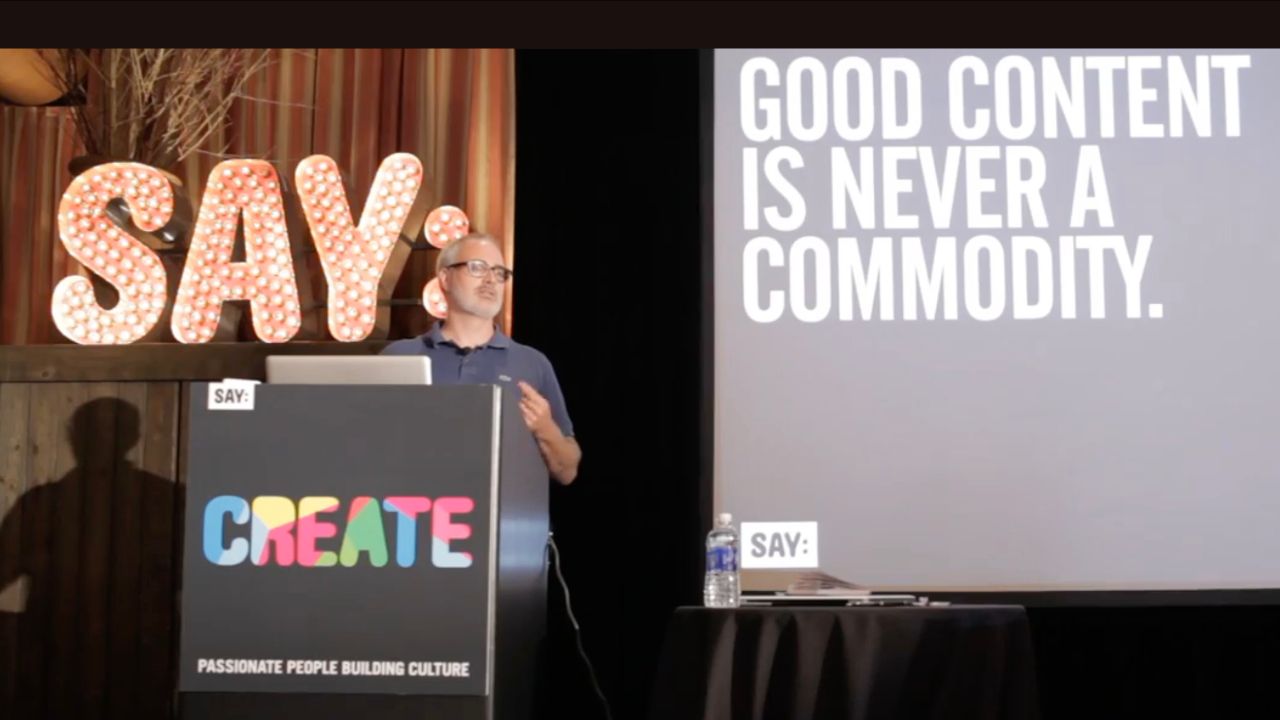
It was Thursday, October 20, 2011, and I only had one meeting on my schedule: SAY Media at 9:00 a.m. The Web 2.0 Summit had ended yesterday, but with all the business meetings and M&A talk with Sean, I’d hardly noticed. I would be on a flight back to New Zealand that evening, so after the meeting, I planned to go back to my hotel and check out. Perhaps I’d browse some art galleries in the afternoon.
Overall, I’d been disappointed with how the face-to-face meetings had gone. Of the five companies we’d met, only SAY Media had seemed enthusiastic about acquiring RWW. I didn’t know what to make of O’Reilly Media or TechWeb, but the signals hadn’t been strong with either company. I didn’t think GigaOm was serious about buying us, so I’d already dismissed them. As for FM, their advance-based proposal might help me pay out my ex-wife, but I didn’t see much upside otherwise.
Like FM Publishing, SAY Media was located on Townsend Street—perhaps this street was where all the online ad networks worked, I mused. Ken met us outside the entrance and then led us downstairs to the SAY offices. We briefly shook hands again with Kourosh Karimkhany before being led into Matt Sanchez’s office. Matt was young looking (my guess was around thirty) and wore designer jeans and an expensive-looking checked shirt. He looked confident, but also somewhat reserved.
After a little prompting from Ken, Matt explained the history of SAY Media. Its origins were Matt’s previous startup, a video-advertising network called VideoEgg, which had launched in 2005. That company had acquired the blogging network Six Apart in September last year and the combined company was renamed SAY Media. I told Matt we were still on Movable Type, the publishing platform that Six Apart had created. He smiled and said that Ben Trott, the developer of Movable Type, now worked for SAY as its chief architect. Mena Trott, Ben’s Six Apart cofounder (and his wife) was on the board of SAY.

Matt then explained that SAY was building a brand-new publishing platform called Tempest, which Ben oversaw. From the gleam in his eye, I could tell this was Matt’s pet project. He said it was being built from the ground up for digital magazines. I didn’t know exactly what he meant by “digital” magazines, but he said the platform would enable publishers to “create rich editorial experiences” that would in turn be attractive to advertisers. Tempest was still early in its development, but Matt said it would be easy to transfer RWW onto this platform, given that we were already using Movable Type.
I exchanged a quick glance with Sean at this point, since one of the big (and expensive) projects we’d originally slated for the end of 2011 was a migration from Movable Type onto WordPress. We’d put that project on hold while we explored an acquisition, but in one look with Sean we’d decided the WordPress migration was now canceled.
Matt reaffirmed what Ken and Kourosh had told us yesterday: that they viewed RWW as a potential flagship property. Since they were an advertising network, they would be able to replace FM Publishing’s inventory on our pages. Although it was perhaps obvious already, this is when I fully realized that SAY Media was a direct competitor to FM Publishing. I’d been a partner with FM since 2006, and they had treated us well over the years. But if we went with SAY, it would be the end of that relationship. That would be a shame, but on the other hand, it would be a straightforward swap-out of FM’s ads for SAY’s.
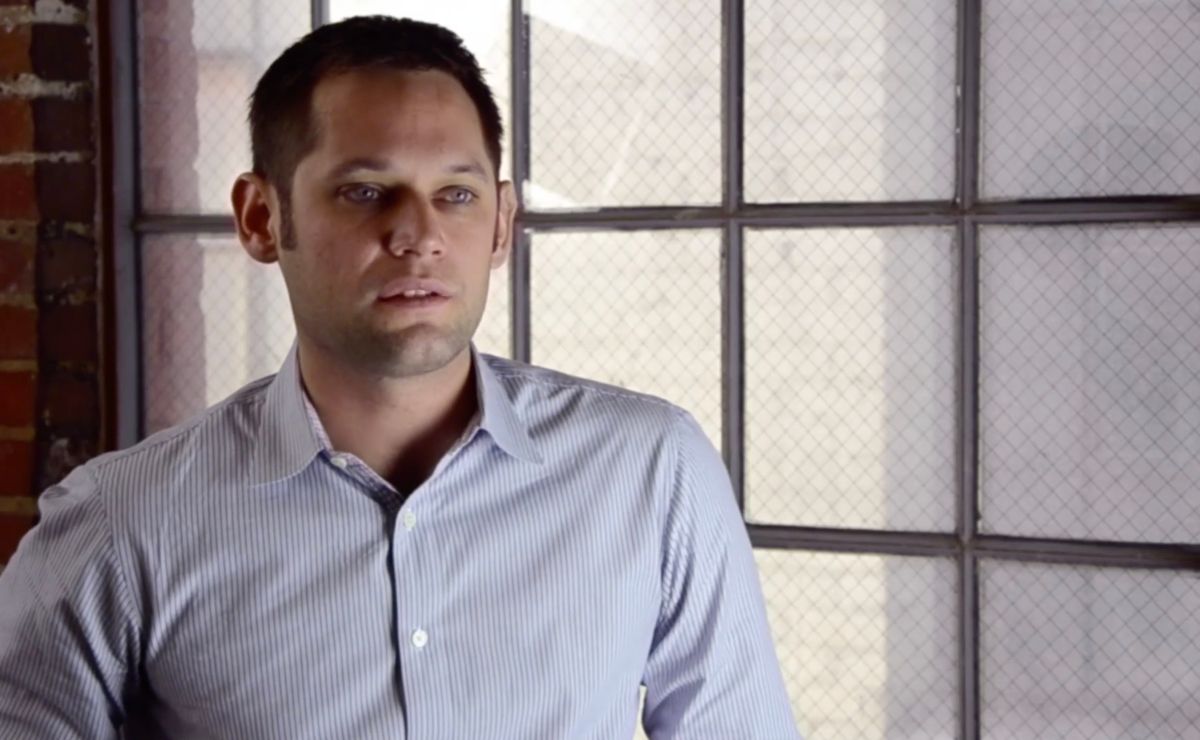
By the end of the meeting I was enthused about potentially joining SAY Media, and it seemed like Matt was equally happy with what we brought to the table. As one of the leading tech blogs—still in the Technorati Top 100, albeit lower now at twenty-third overall—we would bring a level of prestige to SAY’s blog network. We’d also become their largest blog property. As for us, I liked the sound of the new CMS, and I particularly loved the idea of not worrying about selling ads anymore. Certainly, it would solve my business-structure issues overnight if they decided to acquire us.
As Sean and I debriefed after, he noted that he hadn’t discussed potential terms or deal structure yet with SAY. But he was pretty sure it’d be a cash deal, since SAY was a VC-backed startup. He was pleased I was happy with the SAY meetings and promised to follow up with Ken while I was on my way back to New Zealand.
The Decision
I arrived home the day before the Rugby World Cup final at Eden Park in Auckland, between the All Blacks and France. It was a repeat of the final from the first World Cup in 1987, the last time the event had been held in New Zealand. I’d been fifteen years old back then, in my fifth-form year at school (the first year of exams), and had no idea what I wanted to do with my life. Now, I was forty and it was such a different world; the internet and the web only emerged after I’d left school. So I’d built a career—and a business—doing something that didn’t even exist back in 1987. I was proud of this, even though 2011 had also been the toughest year of my life.
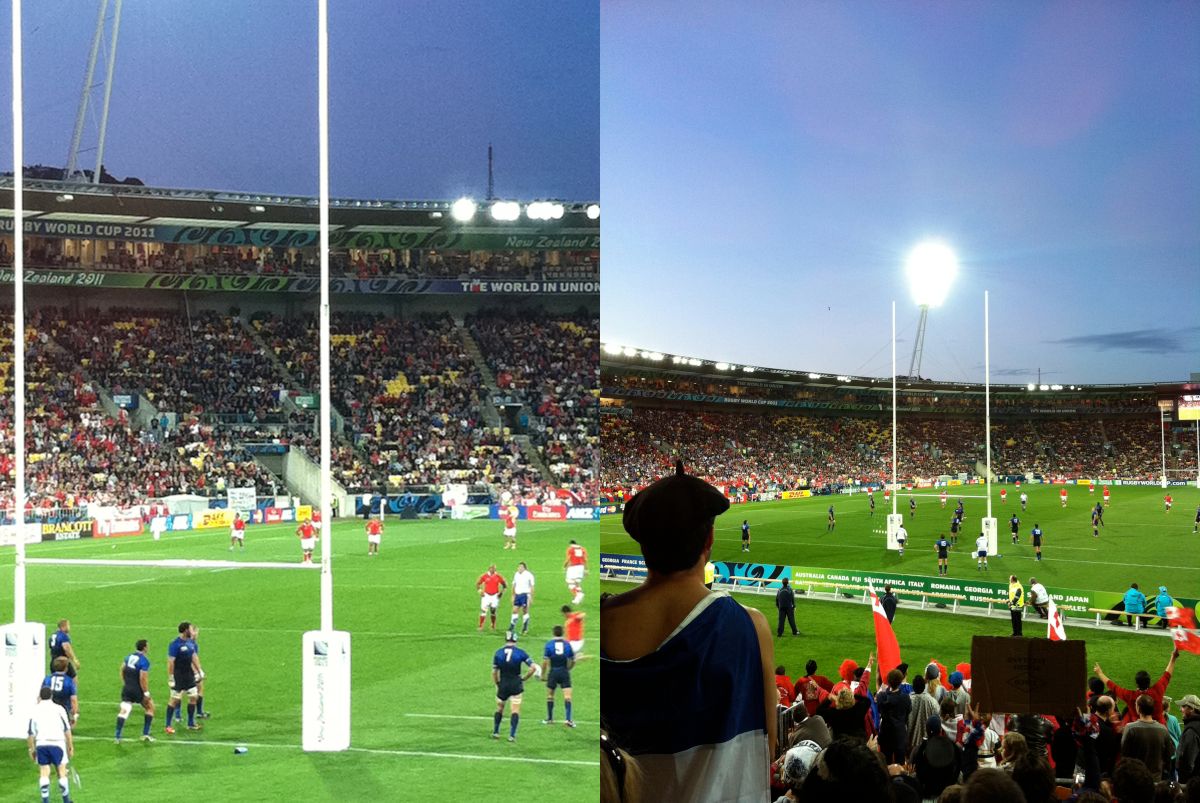
The All Blacks squeaked out their second World Cup win the following day, 8-7, and the entire nation breathed a sigh of relief. I watched it by myself at home and drank too much wine. Over the next several days, I began to feel the weight of depression falling on me again—especially late at nights and in the mornings. To motivate myself, I read the Steve Jobs biography that had just come out. I admired that Jobs had followed his passions on his terms, regardless of what other people thought of him. I fancied there was a parallel in my own passion for tech blogging—a bit of a stretch, sure, but I was looking for ways to cheer myself up.
By the following weekend, Sean and I had a clearer idea of who was in and out of the RWW sweepstakes. SAY Media was definitely keen, and we were expecting them to make an offer very soon. FM Publishing was scrambling to come up with an advance structure that would keep us in their fold. Radio silence from O’Reilly Media continued, which was disappointing. GigaOm was either avoiding us or sending vague updates, so we didn’t have high hopes there, either. The most frustrating, though, was TechWeb, with its usual slow process involving UBM. Sean wasn’t getting much response from his contact, but we still hoped they would submit an offer.

On Wednesday morning my time, November 2, Sean and I had a video Skype meeting with SAY Media. It seemed like most of their executives were present on their side of the call, which took place in one of SAY’s meeting rooms. It was Troy Young, SAY’s president, who quickly took control and began outlining what their offer would be. Troy was in his mid to late forties, with entirely grey hair that was receding a bit at front. He had thick black glasses and a confident, sometimes brusque, way of talking. He’d worked with Matt Sanchez now for several years, going back to the VideoEgg days. But given Matt’s reserved nature, I got the impression that Troy was the mouthpiece of the company in meetings like this.
Troy began by explaining that it would be a cash offer and there wouldn’t be any earn-out clauses. This was music to my ears, since it was the earn-out fine print that had sunk my 2008 deal with ZDE. But then Troy segued into how much money SAY had available to spend on an acquisition like this, via its VCs. It was a number in the millions, but not what we’d been hoping for. “We know you value your business at more than this,” he told us, “but this is all we have to spend.” He noted again that it was a cash offer and that they wouldn’t impose a revenue or profit target for earn-outs, since SAY would effectively be taking over the revenue side of the business. It was as clean an offer as we’d get. He finished by reiterating that they couldn’t go any higher, so we should consider this their final offer.
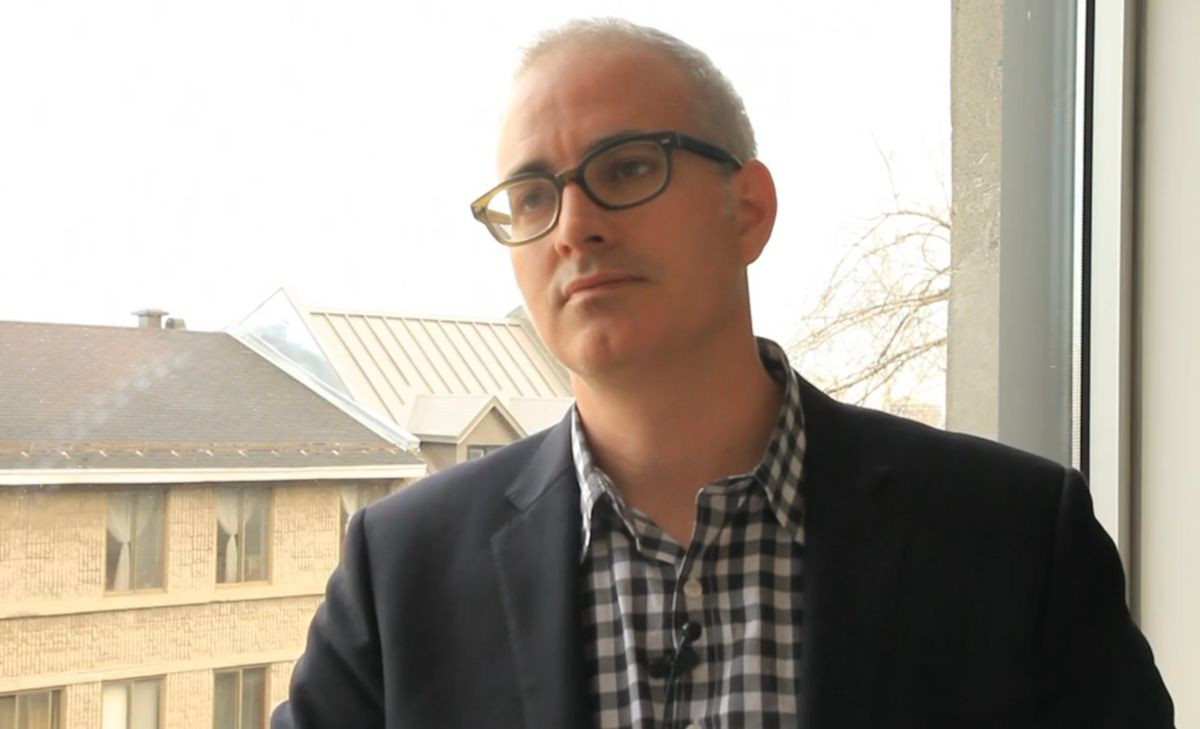
The problem was that the number we were given was a low EBITDA multiple of our revenue, which Troy knew would be an issue for us. Even so, I was surprised he didn’t try to massage the number some more—maybe tell us that this was the reality of what our business was valued at, given our stalled growth in page views and the current business climate.
The state of the economy was indeed delicately poised at this time. Although the US was no longer in the Great Recession of 2008 and 2009, growth in the economy had been sluggish throughout 2011 and the market was mostly downbeat. Just a few months before, Marc Andreessen had published his now-famous essay, “Why Software Is Eating the World.” But despite his own bullish outlook for tech, Andreessen had admitted that he was out of step with how the public markets saw tech at this time. “Today’s stock market actually hates technology, as shown by all-time low price/earnings ratios for major public technology companies,” he’d written.
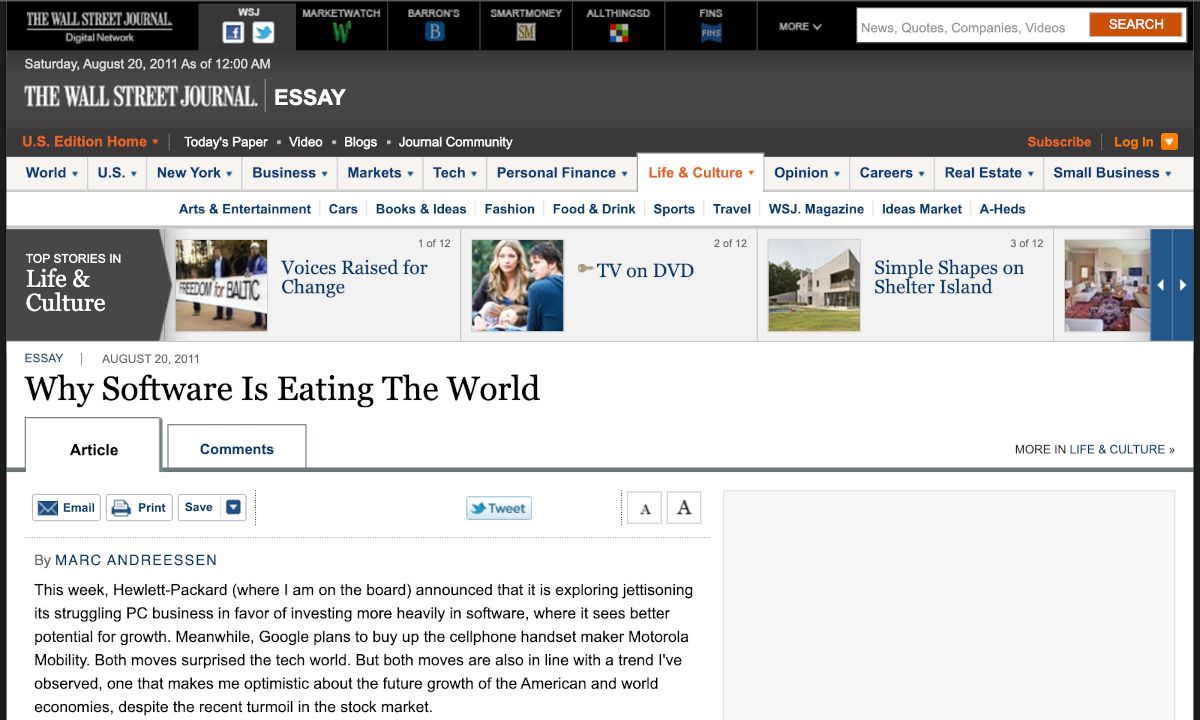
Troy didn’t strike me as the kind of guy who sugarcoated things, and certainly there was a matter-of-factness about the offer he made. He knew as well as we did that 2011 had been a disappointing year for us and that this wasn’t a good time for us to sell. Perhaps another company would come to the party and make an offer for RWW, but as a cash buyer for a small business that wasn’t currently growing—and in a relatively down market—he knew that SAY held a strong hand.
We thanked the SAY team for the offer and promised we’d discuss it and get back to them as soon as possible. As soon as the meeting finished, Sean and I went to work trying to rustle up responses from the laggards in our acquirer list—ideally, we wanted a terms sheet from at least one of TechWeb, O’Reilly, or GigaOm so that we had two offers on the table.
However, only FM came back to us and indicated that they would propose a deal based around revenue advances. FM didn’t know that the other company was SAY Media, one of their primary competitors in the online ad market. I’m not sure it would’ve made a difference in FM’s proposal had we mentioned it, but we also didn’t want to upset FM—we’d been working with them for more than five years now, so it was important to keep that relationship positive.
While we tried to get more offers on the table, the following day Sean wrote back to SAY with our counter. We knew we couldn’t push on the price (at least while we had no other offers), so we tried to improve our outcome in a couple of other ways. First, we wanted to keep the receivables and cash on hand (a not insignificant amount, in the several hundreds of thousands of dollars). Second, I asked for some stock in SAY Media as part of my employment agreement.
While we waited to hear back from SAY, our talks with FM Publishing progressed. They proposed two advance payments based on future revenue: the first would be in January 2012, the second in January 2013. It was two-year commitment and was highly dependent on page-view growth, since it would involve a certain number of ad impressions and content marketing campaigns. In other words, there was risk involved in accepting these advances. That aside, it was a decent proposal, and the total amount of the advances was more than what SAY Media was offering.
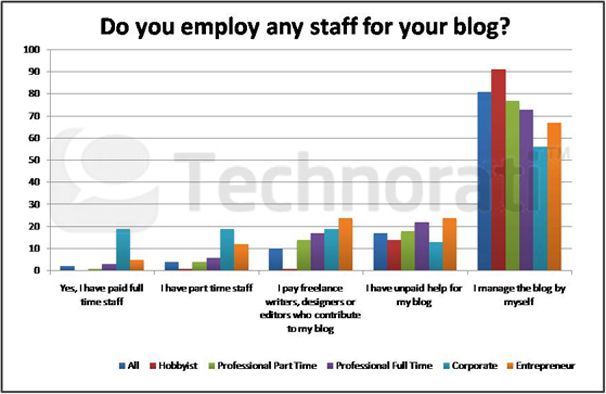
Other than the risks of not hitting our page-view goals, there were a few drawbacks with the FM deal. One was that I would have to pay a large amount of tax on the advances (since it was revenue), whereas I would pay no tax on the SAY payments (New Zealand didn’t have a capital gains tax). Two, in my discussions with Sean, it quickly became clear that he wouldn’t stick around if I inked a deal with FM—I knew he’d had his frustrations working with FM, but I discovered it was worse than I’d thought. I wasn’t sure I’d be able to find someone as good as Sean to take over the FM relationship, and I sure as heck didn’t want to do it myself. The third issue was that now years-long problem for my company: it would still be an NZ business, so I couldn’t hire US staff full-time.
In addition to all that, I was mentally burned out by the tech-blogging business and I wanted a clean break. The FM proposal would lock me in for two more years of scrabbling for page-view growth. Did I want to sign up for that? No, I didn’t.
We never did get a response from O’Reilly or GigaOm. TechWeb officially pulled out when we told them it was now or never for an offer—the UBM rep admitted they couldn’t get a terms sheet prepared at short notice. So in the end the only real option was to sell to SAY Media or continue to go it alone; and I really would be alone, as Sean would most likely leave.
Even if the SAY offer wasn’t as big as we’d have liked, it was clean, basically guaranteed (in that there were no financial or page-view goals to hit), and I was only required to do a one-year earn-out. Also, not having to pay capital gains tax in New Zealand was a rare win in terms of business structure. If we could squeeze out an extra several hundred thousand dollars via the receivables and cash on hand, then it would be an acceptable outcome for me—especially given everything going on in my life at this time.
In the end, it was an easy decision. SAY sent a revised terms sheet, and I signed it on Friday, November 11. Now I just had to hope the due-diligence process would be smoother than the disastrous ZDE due diligence in 2008.
This post is part of my serialized book, Bubble Blog: From Outsider to Insider in Silicon Valley's Web 2.0 Revolution. View table of contents.
Next up: 065. The Deal Is Done: ReadWriteWeb Sells to SAY Media
Buy the Book
My Web 2.0 memoir, Bubble Blog: From Outsider to Insider in Silicon Valley's Web 2.0 Revolution, is now available to purchase:
- Paperback, US$19.99: Amazon; Bookshop.org
- eBook, US$9.99: Amazon Kindle Store; Apple Books; Google Play
Or search for "Bubble Blog MacManus" on your local online bookstore.